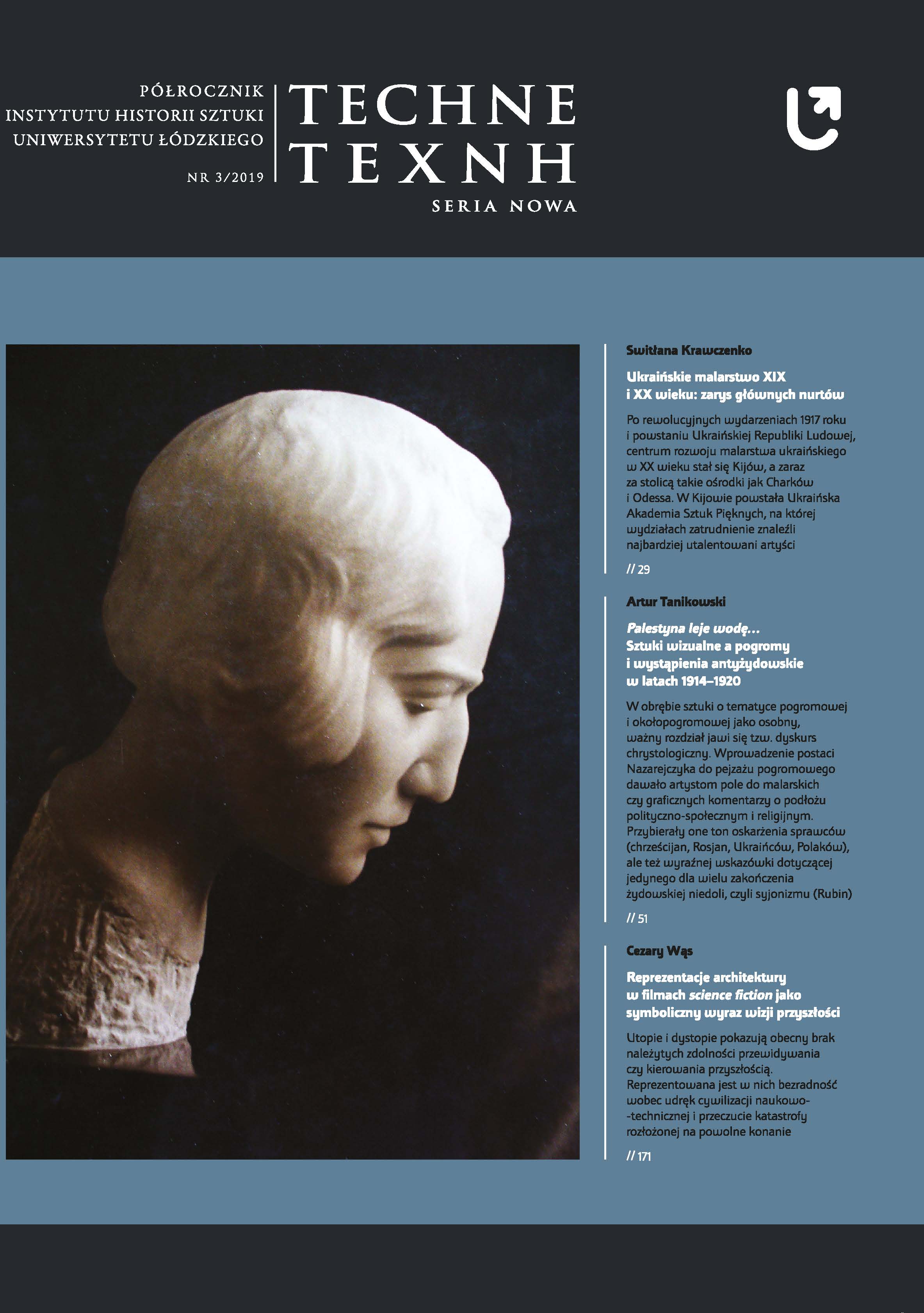Akademizm w twórczości Mojżesza Kislinga (1891–1953)
Academism in the works of Moïse Kisling (1891–1953) – an outline of the issue
Author(s): Jerzy MalinowskiSubject(s): Visual Arts
Published by: Wydawnictwo Uniwersytetu Łódzkiego
Keywords: Academic Art;„École de Paris”; Jewish Art;Moïse Kisling;Montparnasse
Summary/Abstract: The aim of this article is to present the work of Moïse Kisling (1891–1953) – versatile artist from the formation of École de Paris. The main focus of this research was discussing the painter’s portraits and nudes created in the 1930s, which were associated with the academic current in his ouvre. In portraits such as Biała kryza (1930) and Ingrid (1932), the artist also reveals his interest in historicism, which is evident in a costume modeled on the seventeenth century dress and inspiration taken from a bourgeois, frugal expression of a northern European portrait of the same era. Both use of costume and historical portrait’s formula introduced to Kisling’s paintings references to the conventions of court image and also the academic portrait of the great bourgeoisie of the 19th century. The painter treated them ironically, playing a provocative game with the conventions of salon art. The group of so-called „Lying Acts”, from the 1930s (eg The Nude on a Floral Rug (1935) or Greta (1937) as well as a set of still lifes with fish also represent a similar “academic” convention of dialogue with historical painting.
Journal: TECHNE. Seria Nowa
- Issue Year: 2019
- Issue No: 3
- Page Range: 107-114
- Page Count: 8
- Language: Polish

